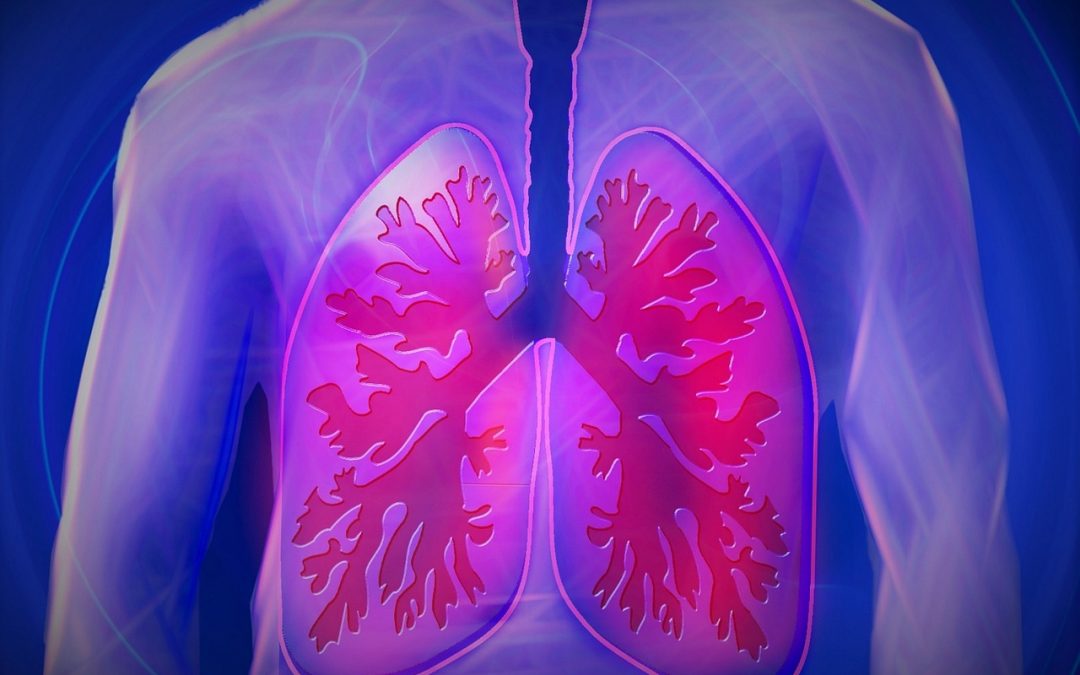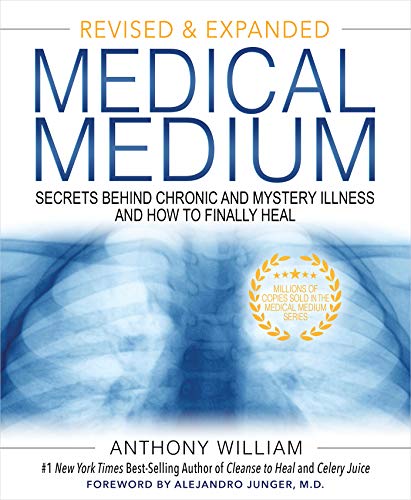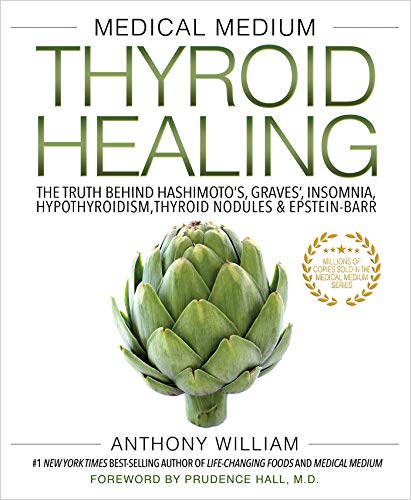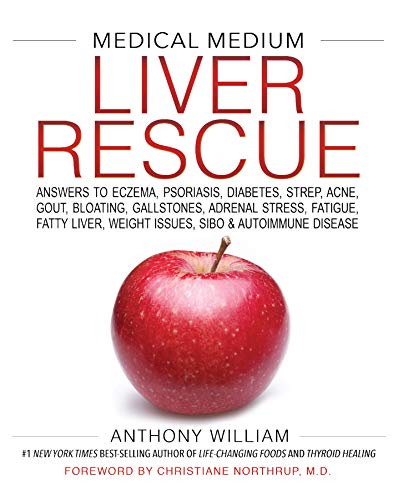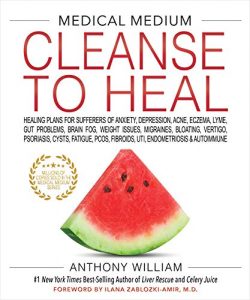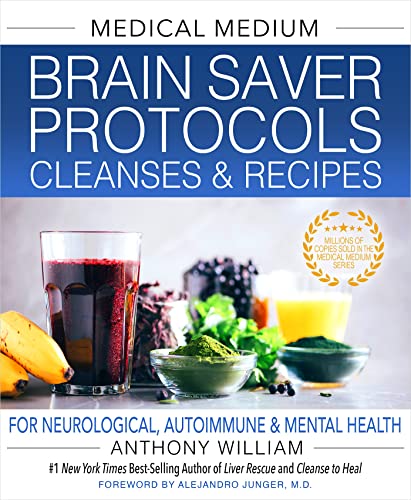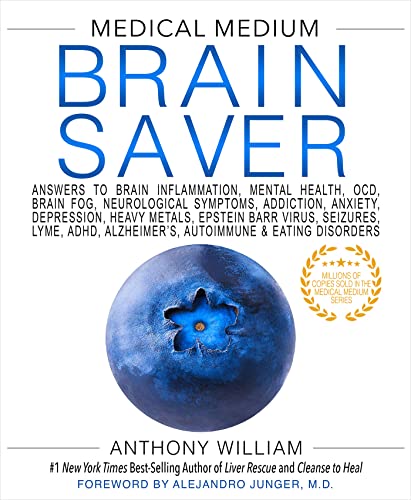You probably know that your lungs enable you to breathe, bring oxygen into your body and remove carbon dioxide. However, you might be less familiar with common habits and toxins that make it more difficult for them to do their job.
That includes irritants like smoke and other pollutants that cause respiratory conditions. Healthy lungs use mucus as a protective barrier, but when lungs become damaged, they can become clogged by thick and excessive mucus.
So, how do you reduce inflammation and increase your lung capacity? Below are some practical tips for keeping your respiratory system in tip-top shape.
Healthy Lung Habits for Your Body:
1. Quit smoking. Using cigarettes narrows air passages and contains carcinogenic chemicals – good reasons to stop, so keep trying until you quit for good (seek help if you need to). Nicotine replacement may help.
2. Exercise/movement. Physical exercise conditions your lungs in addition to many other benefits. Your body develops the ability to use oxygen more efficiently.
3. Train your breath. Maximize your inhalations and exhalations. Yoga videos and books can teach you how to replace shallow chest breathing with more effective techniques reaching down into your diaphragm.
4. Wash your hands. Reduce the risk of contaminants by washing your hands frequently. Use soap and hot water for at least 20 seconds.
5. Drink water. The conventional wisdom about drinking fluids for a cold is correct. Water and tea will help to thin your mucus while you’re ill (ie: during your healing phase) and after you’ve recovered.
6. Eat well. While there are no magic foods, there is some evidence to support the idea of an anti-inflammatory diet. Enjoy smart choices like leafy greens, beans, a variety of fresh vegetables, fresh fruit (including citrus), ginger, and garlic.
7. Inhale steam. Warm moist air can loosen mucus in your upper airways. Cover your head with a towel and lean over a bowl of hot water for quick relief when you feel congested. (Be careful with hot water, and make sure the bowl is sitting on a steady and flat surface, and away from electronics.)
8. Try percussion. Tapping on the chest or back may also clear away mucus. A physical therapist can do it for you or give you instructions on how to try it at home.
9. See your health practitioner. Many respiratory conditions have no obvious symptoms in the early stages so regular checkups are essential. Your health practitioner can also advise you on how to exercise safely if you’ve already been diagnosed.
Healthy Lung Habits for Your Surroundings:
1. Test for radon. This invisible and odourless gas is the second leading cause of lung cancer. You can test for it in your home with a simple kit you can purchase online (or from hardware stores in some countries).
2. Clean house. Other common sources of indoor air pollution include dust, toxins from mould, and water damage. Proper cleaning and ventilation help, so pay close attention to your carpets, rugs, appliances, and heating and air conditioning systems.
3. Monitor air quality. When you’re checking the daily weather forecast, note the Air Quality Index number. A reading over 100 can be unhealthy for sensitive groups, and readings over 150 can pose risks for anyone. Limit your time outdoors on those days.
4. Take sick days. Stay home when you have a fever or other flu-like symptoms (instead of ‘soldiering on’). With adequate rest, you’ll be aiding your body during its healing phase.
There are many things you can do to protect your lungs. That includes quitting smoking, following a healthy diet, exercising regularly, and adequate rest so that you’re body isn’t always in a stressed state. Taking care of your respiratory system will increase your chances for leading a longer and happier, active life.

